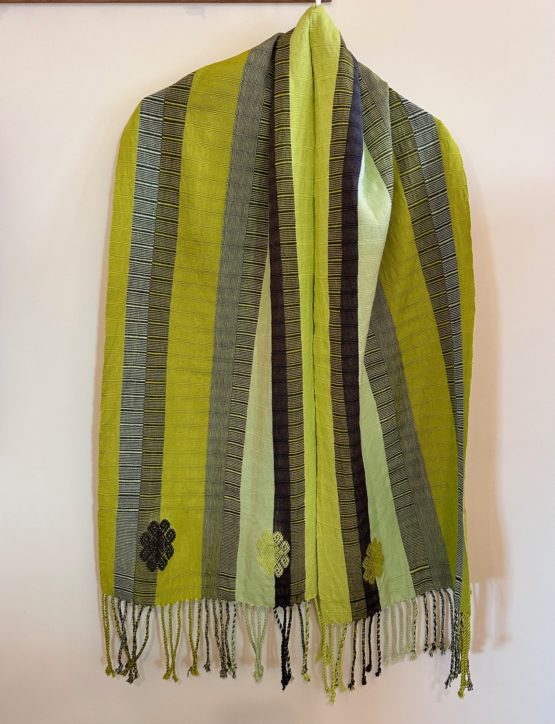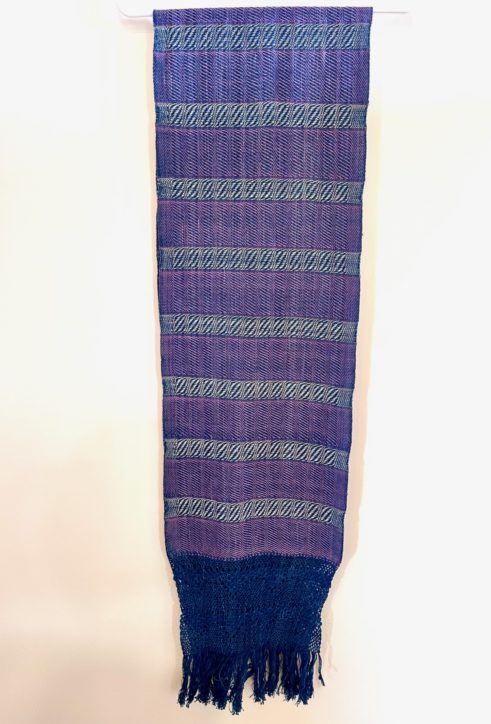This is my last month in Durham, North Carolina. I’m preparing to move west to Taos, NM on May 6, 2021, if all goes forward as planned. Last week, I walked to Maplewood Cemetery and around the historic tobacco town filled with renovated warehouses, factories and storefronts. Each step is a reminiscence of my 21 years living in North Carolina, and in the American south since 1989. This blog post is about intersections between past, present and future. It is about culpability: the Spanish conquest of Mexico and the American southwest. It is about indigenous and enslaved peoples. It is about redemption, making restitution, and guarding our democracy. It is about Oaxaca, too, as I look forward to the arrival from Teotitlan del Valle of my goddaughter Janet Chavez Santiago who will travel with me on this road trip. On her arrival from Mexico, I will get her vaccinated so she doesn’t have to wait until March 2022 for her age category.

The Geer Cemetery, 1877-1944 — Black Burial Grounds, Durham, NC
As I walked Maplewood Cemetery, 120 acres at the intersection of Kent and Morehead Streets, I saw familiar names of families that had built this town interred here: Julian Carr who trademarked “Bull Durham and whose tombstone is inscribed with Veteran of the Confederacy. Here, too, lay philanthropist Mary Duke Biddle, Dr. Bartlett Durham, and Brodie Duke, eldest son of Duke University founder Washington Duke. As I walked, it jumped out at me: Where are Black people buried? Maplewood was established in 1872 during Jim Crow. There would be no Black graves here.
This is when I found Greer Cemetery, established in 1877, on four acres embracing the graves of at least 1,500 African Americans, many born into slavery. It was the first Durham cemetery for Blacks. So, I went to visit in tribute to the region where I have lived, respecting the Black Lives Matter movement, the acknowledgement that civil society enacts horrific crimes in self-protection of social, political and economic interests. I wandered the old carriage path and diverged onto ground uneven and softened with unmarked graves. I wanted to honor the diversity and voices of past, present and future. And, I wanted to mark the travesty of current voting rights restrictions enacted by 43 state legislatures across the USA now, in April 2021. We know that separate is not equal — this is another perfect example.

Geer Cemetery was overgrown, impassable, hidden for years
This visit caused me to think about culpability — the question of who is responsible for wrong-doing or failure, who is to blame, who is at fault, who accepts moral responsibility for transgressions past and current?

Today, descendants are caretakers of those buried here. See In Plain Sight
Which got me thinking about my life in Oaxaca among indigenous Zapotec people and their history of oppression and discrimination, and my future life in New Mexico where Native People’s have been abused and marginalized since the Spanish and U.S. conquests. This year, Mexico City marks its 500-year anniversary of the invasion by Spanish conquistadores and friars. We are in the middle of the George Floyd murder trial. So much and yet so little has improved.

City has never maintained Geer Cemetery, as they have Maplewood
Today, we celebrate spring, the emergence of new life flowering and green, as we move toward breaking down the barriers of isolation from Covid with 3 million jabs in arms daily, and the promise of travel to come soon. In doing so, let’s honor those who have passed to bring us to this day and be mindful to protect those who are vulnerable whose voices are muted or suppressed. It is up to us to be the difference.

Mural, downtown Durham, North Carolina

























Yes, Let’s Celebrate. Cinco de Mayo Rooted in Civil War Anti-Racism!
Why is Cinco de Mayo celebrated and where is it celebrated most? Yes, it’s a great time for a Margarita or swig of Corona, but let’s know the reason we raise our cup on Cinco de Mayo. (Bonus: Shelley’s Margarita recipe below!)
Facts: Cinco de Mayo, first celebrated on May 5, 1862, was the response by Mexican-Americans — mostly Californians — to the French invasion of Mexico, The Battle of Puebla, and fear that the North would lose the Civil War, enslaving those with Mexican heritage along with Blacks throughout the southwest. French Emperor Napoleon III was an ally of the Confederacy and likely to become the first to endorse Southern secession and nationhood.
Backstory: On the cusp of the Civil War between the Union and the Confederacy, California became part of United States in 1848 with the Treaty of Guadalupe-Hidalgo. Before that, the Mexican Constitution, as part of its separation from Spain in 1821, guaranteed freedom from slavery and codified that all citizens were equal and free. Becoming part of the United States put that all in question and there was considerable concern among Hispanos that California might become a slave state as the Confederacy asserted its superiority and elitism in Congress, and won early Civil War battles. Other Southwest states that were originally part of New Spain and then Mexico, joined the movement.
Since most of Californian’s were of Mexican descent at that time, there was huge concern. Californios and those throughout the Southwest raised large amounts of financial support to preserve the Union and defeat the Confederacy, in addition to volunteering and sending funds to Mexico to defeat the French. They volunteered to fight for the Union and participated in the Second Battle of Bull Run in Virginia. They had a lot at stake.
So, raise one today for the courage of Mexican-Americans who helped defeat France in the Battle of Puebla, and joined the Union to fight the Confederacy.
Racism, elitism, and anti-democratic movements continue to raise it’s destructive head in the United States of America. History is a way to help us understand how we got here and what we need to do to be vigilant. This is also a study in how Latinos have always been part of the social fabric of our nation and allies in fighting for freedom, deserving of honor and respect.
Now, for the A Su Salud!
Shelley Singleton’s Fresh Margarita Recipe
Shake with ice. Serve neat or on the rocks. For a salted rim, rub with lime juice and dip on plate of Kosher salt.
Alternate recipe:
And, Shelley’s Quickie Marg
Prepare as above.
Like this:
2 Comments
Posted in Cultural Commentary
Tagged Battle of Puebla, Cinco de Mayo, Confederacy, history, Latinos, Racism, Slavery, US-Mexico history